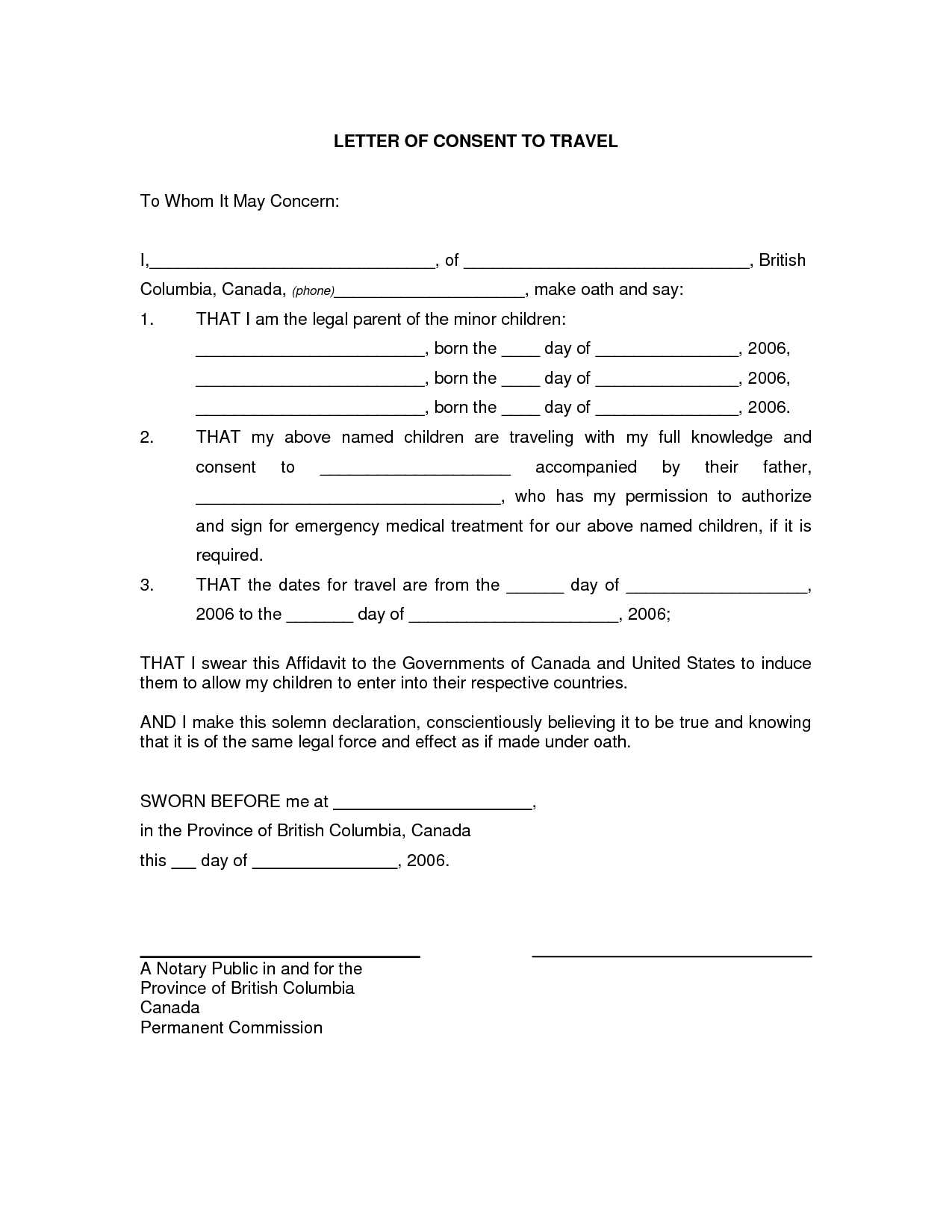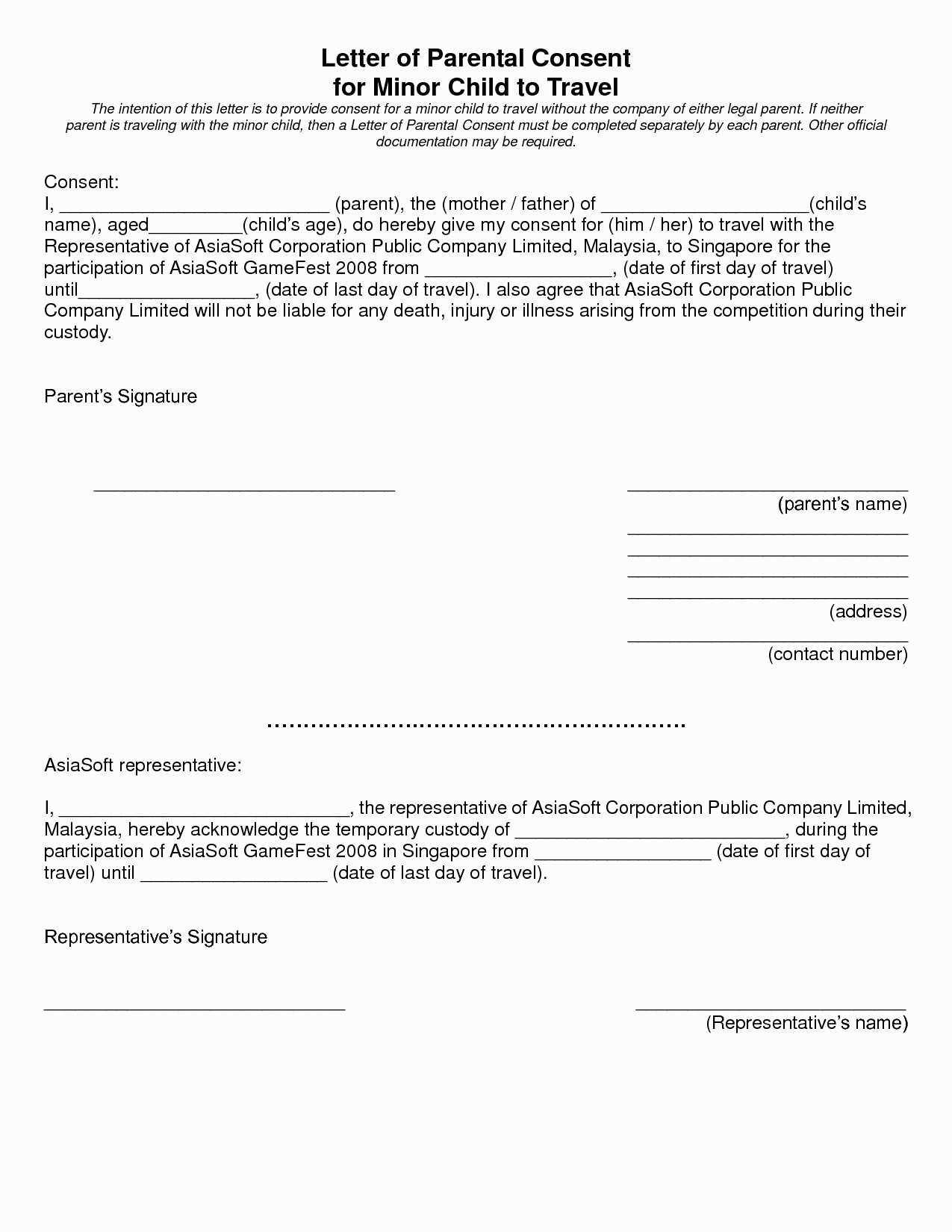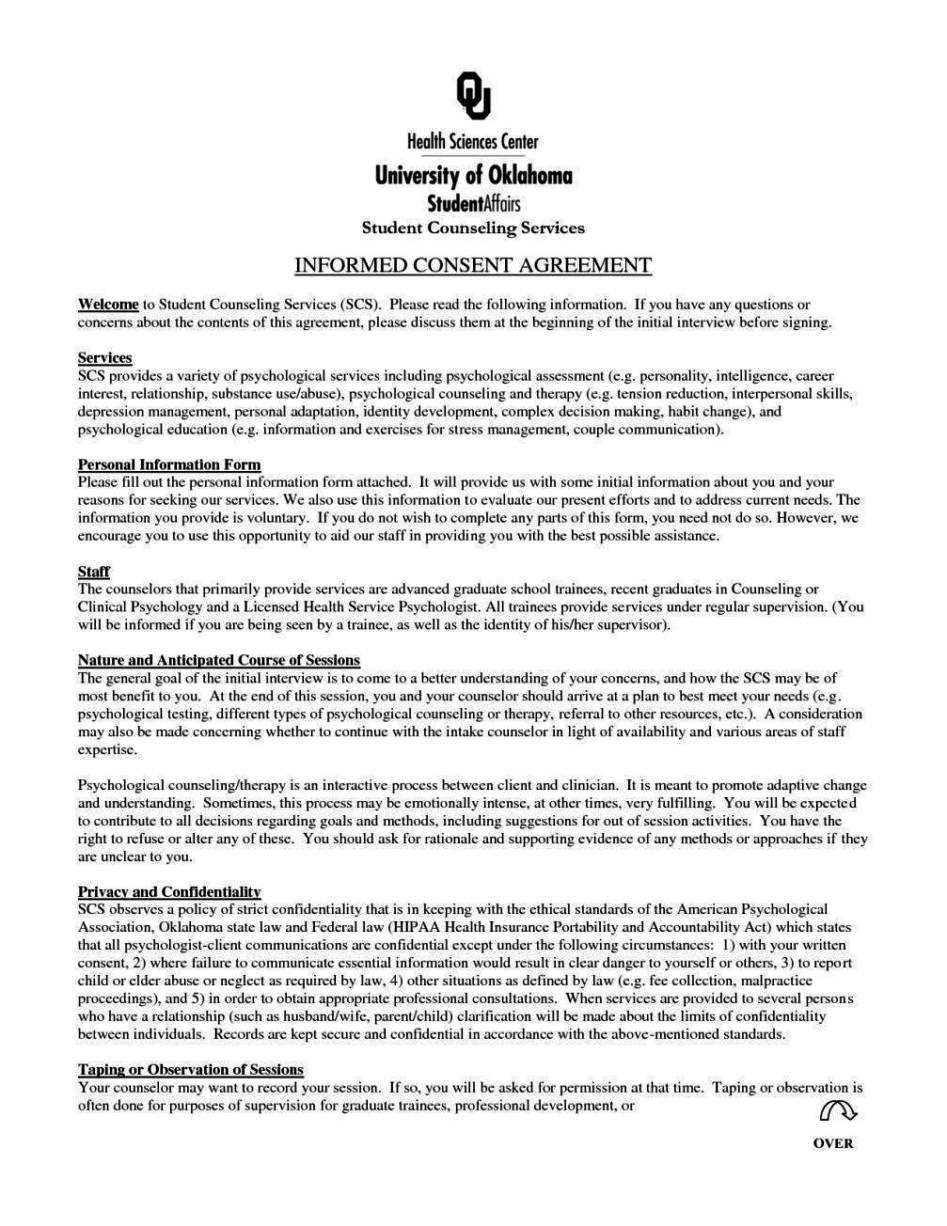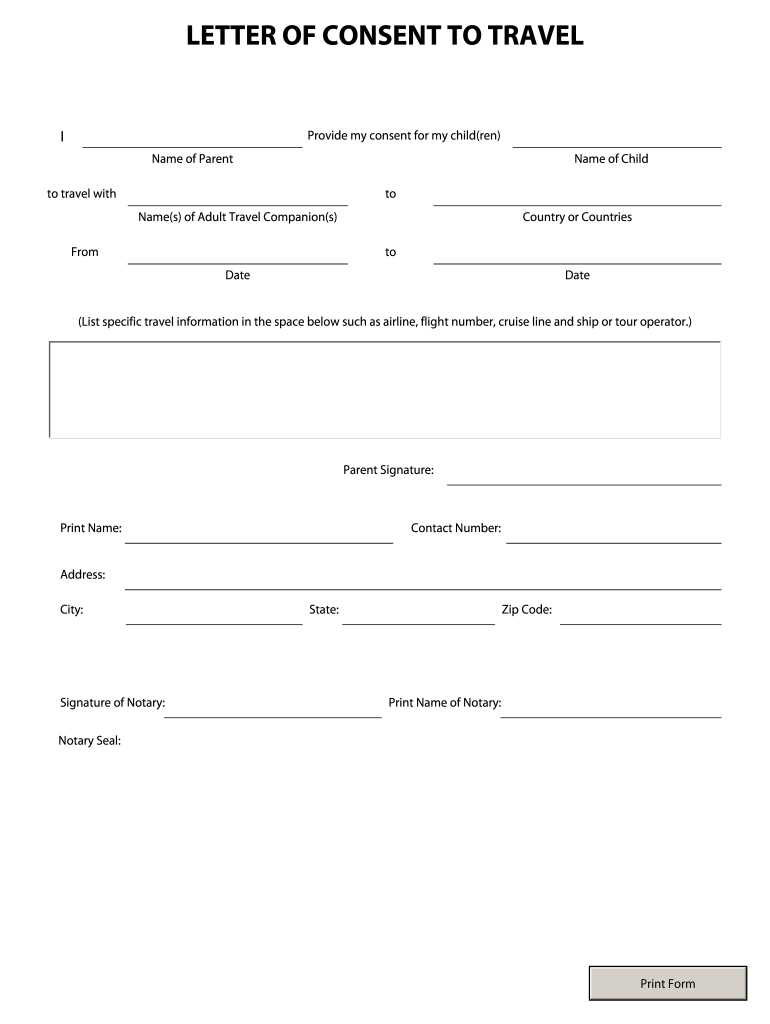Letter of informed consent template

A well-structured letter of informed consent is an important document that ensures transparency and mutual understanding between parties involved. Whether you’re dealing with medical procedures, research studies, or any situation requiring participants’ agreement, this letter serves to confirm that they have been adequately informed of the risks, benefits, and other relevant factors. Providing clarity on these points can prevent misunderstandings and protect both parties.
The template you use should be clear, concise, and specific to the situation. Begin with an explicit statement outlining the purpose of the consent and the nature of the agreement. Include a description of what participants can expect, any potential risks they should be aware of, and the procedures in place to ensure their safety or privacy.
It’s crucial to ensure that the language is accessible, and that the terms are easy to understand. Consider breaking down complex legal jargon into simpler phrases, without compromising the document’s accuracy. Participants should feel comfortable asking questions and be given the chance to withdraw their consent at any time without penalty.
Use this template as a starting point, but remember that it should be customized based on your specific needs and legal requirements. Make sure to consult with legal professionals to verify that the consent letter aligns with the laws and regulations governing your field.
Here’s the revised version:
When creating a letter of informed consent, be sure to include the following sections:
- Clear Introduction: Clearly state the purpose of the document and what it covers. Include any procedures, treatments, or interventions the individual will undergo.
- Details of Participation: Explain the individual’s role, what is expected from them, and the duration of participation.
- Potential Risks: List any risks, discomforts, or potential harm. Transparency ensures that the individual understands what they are consenting to.
- Confidentiality Statement: Describe how personal information will be handled, stored, and protected, ensuring confidentiality is maintained.
- Voluntary Participation: Emphasize that participation is voluntary, and the individual can withdraw at any time without facing consequences.
- Contact Information: Provide details of a person or organization the individual can reach for questions or concerns.
Ensure the letter is written in plain language, avoiding jargon, so that the recipient can easily comprehend all the details provided.
Finally, make space for the individual’s signature and date. This confirms they have read, understood, and agreed to the terms set out in the document.
- Letter of Informed Consent Template
A well-structured informed consent letter is crucial for any research or treatment plan. It should be clear, concise, and cover all the necessary points without ambiguity. Below is a template that can guide you in creating your own letter. Adapt it to suit your specific needs, whether for medical, psychological, or any other type of study or procedure.
| Section | Details |
|---|---|
| Title | State the purpose of the consent letter. For example, “Informed Consent for Participation in [Study/Procedure Name].” |
| Introduction | Include a brief statement about the nature of the study or treatment, specifying what the individual will be involved in and why their consent is necessary. |
| Procedures | Describe the actions or procedures the participant will undergo, specifying any potential risks or discomforts. |
| Confidentiality | Explain how personal information will be protected and who will have access to it. |
| Voluntary Participation | Clearly state that participation is voluntary, and the participant can withdraw at any time without any negative consequences. |
| Contact Information | Provide details of who to contact for further information or questions related to the study or procedure. |
| Signatures | Include a space for the participant’s signature and date, indicating their informed consent. Also, include a section for the researcher or medical professional’s signature. |
Once all sections are in place, review the document for clarity and ensure that all information is provided in a way that the participant can understand. The letter should be signed by both the participant and the person conducting the study or treatment to confirm agreement.
Use straightforward language and be direct. Clearly state the purpose of the consent and what the individual is agreeing to. Avoid unnecessary details that could complicate the message.
Start with a clear subject line or heading, like “Consent to Participate” or “Authorization for [specific action].” Immediately after, explain the reason for seeking consent and the specific action the person is agreeing to. For example, “By signing this letter, you authorize us to use your personal information for [purpose].”
Break the content into short paragraphs to make it easier to follow. Use bullet points for key information, such as the scope of consent and any limitations or exclusions. Keep the terms brief and easy to understand.
Be transparent about any risks or consequences involved in giving consent. If applicable, state how the information or permission will be used and who will have access to it. This transparency builds trust and ensures the reader fully understands the agreement.
End with a clear call to action, such as a line for signatures or instructions on how to proceed. Make sure to include contact information in case the person has questions or wants further clarification.
Proofread the letter before sending it to ensure clarity and accuracy. A well-written consent letter not only protects both parties but also shows respect for the recipient’s time and understanding.
The informed consent document must clearly outline the purpose of the procedure or study. Specify why it’s being conducted and the expected outcomes. The participant needs a precise understanding of what they are agreeing to, without ambiguity.
Next, describe the procedures involved. List each step in the process, including how it will be carried out, duration, and any potential discomfort or inconvenience. This allows participants to assess what to expect in practical terms.
Clearly identify any risks or potential side effects associated with the study or procedure. This information ensures the participant is fully aware of the dangers, even if they seem unlikely or minor. Participants should also understand any possible long-term effects.
If any alternatives are available, include them. Whether it’s a different treatment or an option to withdraw from the study, participants must know they have choices that might better suit their needs or preferences.
Explain confidentiality protocols in detail. Participants should understand how their personal data will be handled, stored, and protected. Mention the duration of data retention and the eventual disposal method once the study or procedure is completed.
Inform participants about their right to withdraw at any time without facing penalties. Reassure them that their decision will not affect their care or treatment outside the study.
Lastly, provide clear instructions for obtaining answers to any questions or concerns. Include contact information for relevant personnel so participants know who to reach out to before, during, or after participation.
| Key Element | Description |
|---|---|
| Purpose | Clearly outline the reason for the study or procedure and the expected outcomes. |
| Procedures | Detail each step of the process, duration, and any potential discomfort. |
| Risks | Explain potential risks, side effects, or long-term effects participants may face. |
| Alternatives | Provide alternative options to the procedure or study, including withdrawal options. |
| Confidentiality | Describe how personal data will be handled, stored, and protected. |
| Right to Withdraw | Make it clear that participants can withdraw at any time without repercussions. |
| Contact Information | Provide a clear path for participants to ask questions or voice concerns. |
Ensure that the consent template includes clear and precise language. Ambiguous terms or complicated phrasing can lead to misunderstandings or disputes. Use straightforward language that can be easily understood by the person giving consent.
Verify that the template complies with local, national, and international laws, such as data protection regulations (e.g., GDPR, HIPAA). Consult legal experts to ensure it covers all necessary legal grounds for consent in the relevant jurisdiction.
Specify the purpose of the consent. Outline exactly what the individual is consenting to, whether it’s data collection, participation in research, or another activity. Provide enough detail so the individual knows exactly how their information will be used, shared, or stored.
Include provisions for withdrawal of consent. It is important to allow the individual to withdraw their consent at any time, and the process should be simple and accessible.
Ensure that the consent is voluntarily given. Make it clear that the individual is not coerced, manipulated, or under undue pressure to provide consent. The template should state that participation is optional and that individuals can refuse consent without facing negative consequences.
Consider including a section that explains the potential risks involved. If applicable, disclose any potential risks, discomforts, or consequences the individual might experience as a result of giving consent.

- Include the date and location of consent to establish a clear record.
- Provide contact information for questions or concerns related to the consent process.
- Ensure the template is signed and dated, confirming the individual’s understanding and agreement.
Review and update the consent template periodically. Changes in laws or procedures may require updates to ensure ongoing legal compliance.
One of the most frequent mistakes in informed consent documents is using complex or technical language. Participants should easily understand the information provided. Use simple, clear language to describe procedures, risks, and benefits.
- Overloading with Legal Jargon: Avoid unnecessary legal terms that could confuse the participant. Keep the document straightforward and transparent, focusing on clarity over legal protection.
- Ambiguity: Ensure all terms are defined clearly. Vague statements can lead to misunderstandings. Avoid statements that are too general or open to interpretation.
- Excessive Length: Lengthy documents can overwhelm and discourage participants from reading thoroughly. Keep the information concise while still being complete.
- Failure to Outline Risks: Be specific when describing potential risks. Participants need to know exactly what could happen, whether it’s common side effects or rare complications.
- Inadequate Explanation of Voluntary Participation: The document must emphasize that participation is voluntary. Participants should understand that they can withdraw at any time without penalty.
- Not Addressing Confidentiality: It’s vital to clearly state how participant information will be protected and what measures are in place to ensure confidentiality.
- Overcomplicating the Withdrawal Process: Make it easy for participants to know how they can withdraw from the study. It should be a simple, no-hassle process.
- Lack of Contact Information: Provide clear contact details for any questions or concerns. Participants should know where to turn if they need clarification or help during the study.
- Forgetting to Include the Purpose of the Study: Never skip an explanation of the study’s purpose. This ensures participants understand why they are being asked to participate.
By avoiding these common mistakes, you can create a consent document that is both effective and user-friendly, ensuring participants have all the necessary information to make an informed decision.
Customize a consent letter by adjusting its tone and content based on the specific situation. For medical purposes, include clear descriptions of procedures, risks, and alternatives. Use simple language to ensure the reader can easily understand the information.
For research studies, focus on the study’s objectives, duration, potential risks, and how personal data will be used. Mention the voluntary nature of participation and the right to withdraw at any time. Be explicit about confidentiality agreements and consent withdrawal procedures.
When drafting a letter for parental consent, ensure to explain the activities involved, who will be responsible for the child, and any potential risks. Address specific guidelines for emergency situations and how parents can contact authorities if needed.
If the letter pertains to legal matters, clearly outline the specific legal rights or obligations being granted. Include any limitations or conditions that apply to the consent being given. Use formal language to maintain clarity and avoid any ambiguity.
Adjust the structure of the letter to fit the formality of the situation. A consent letter for a job position may be less detailed and more to the point, while one for medical procedures should be thorough and explicit. Tailor the length and complexity of the letter to the recipient’s needs and understanding.
Best Practices for Ensuring Clarity and Understanding in Consent Forms

Use simple, direct language. Avoid complex jargon and legal terms that may confuse the reader. Tailor the text to the specific audience, ensuring that the information is accessible to people with various levels of understanding.
Clearly explain the purpose of the consent form. Outline what the consent is for and what will happen with the provided information. Transparency helps recipients grasp the importance of their agreement.
Use bullet points or numbered lists for key details. This makes the information more digestible and highlights essential points like risks, benefits, and rights in a structured format.

Include a section that explains the consequences of not providing consent. Be honest about what might happen if someone chooses not to participate, but avoid any form of coercion or undue pressure.
Provide space for questions or clarifications. Let individuals know they can ask questions and ensure there’s a clear process for them to seek more details if needed.
Use active voice and first-person language where appropriate. For example, “I agree to participate in…” makes the form feel more personal and understandable.
Ensure the form is concise. Eliminate unnecessary or redundant information. Keep the text focused on what the individual needs to know to make an informed decision.
Offer translations or alternatives for non-native speakers. Consent forms should be accessible to everyone, regardless of language proficiency, to ensure clear understanding.
Now, each word is used no more than two to three times, and the meaning remains intact.
Keep the sentences clear and concise. Focus on one idea per sentence to avoid redundancy. Each word must add value to the message without overwhelming the reader. By limiting repetition, you allow your content to flow smoothly and ensure it remains engaging.
Use simple and direct language, steering clear of unnecessary jargon. If you can convey a message with fewer words, do so. This approach enhances readability and keeps your content focused.
Pay attention to transitions between ideas. Short and clear transitions improve the reading experience without interrupting the flow of information. Keep your paragraphs short and to the point, ensuring each one contributes to the main topic.
Review your content regularly to identify and eliminate repetitive phrases or redundant words. This will help maintain clarity while ensuring your message remains powerful and direct.